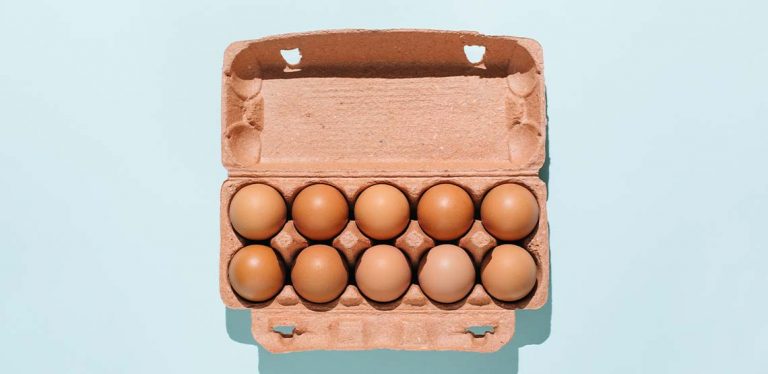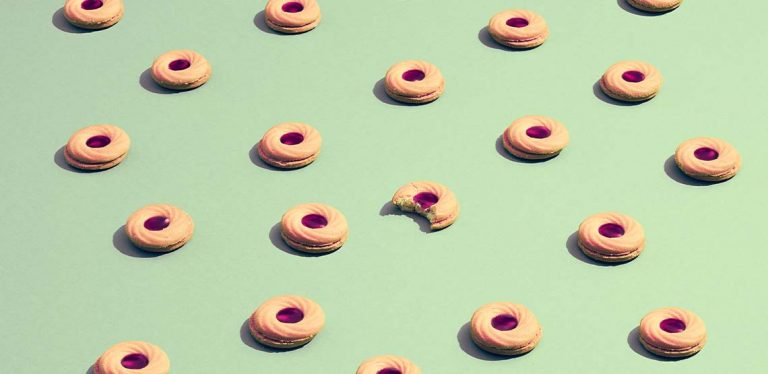Why a Sickle Cell Anemia High-Protein Diet is Important
While there is no cure for sickle cell anemia, certain medications and lifestyle factors can improve your quality of life. This article outlines a sickle cell anemia high-protein diet, as well as some of the best and worst foods to eat.
What is Sickle Cell Anemia?
Sickle cell anemia is an inherited disorder that impacts the red blood cells in the body. It's categorized under the umbrella of sickle cell disease. The main characteristic of this condition is a deficiency in healthy red blood cells, which are required to carry oxygen throughout the body.
As opposed to round red blood cells that are flexible and can move easily through the blood stream, people with sickle cell anemia have red blood cells that are crescent moon in shape. This shape is where the name for this condition comes from. Unlike their round counterparts, sickle-shaped red blood cells can get stuck in smaller blood vessels, which can slow down or cut off the oxygen and blood supply to various parts of the body.
If the cells in your body are not receiving enough blood or oxygen, then they cannot function at their metabolic best and people can experience a variety of symptoms that impact their quality of life.
These symptoms include:
- Episodes of pain, called pain crises. These experiences can last from several hours to several weeks. The frequency and severity of these pain crises depends on the individual, though some folks with sickle cell anemia have chronic pain due to cellular damage in the body, organs, joints, etc.
- Anemia. The sickle-shaped cells get stuck in the spleen and are destroyed. The red blood cells cannot be remade quickly enough to replace those that have been lost, which can lead to anemia. Most RBCs live about 120 days. Sickle cell RBCs tend to live about 10 to 20, which causes a shortage and anemia symptoms, such as intense fatigue.
- Swollen hands or feet.
- Frequent infections caused by damage to the spleen by the sickle cells.
- Delayed puberty or growth.
- Blood clots.
- Vision problems due to damaged retina. The tiny blood vessels to the eyes can become blocked.
Unfortunately, there is no cure for this disease, but there are some treatments and dietary efforts that can help alleviate some of the symptoms.
What is a Sickle Cell Anemia High-Protein Diet?
While there is no official dietary recommendations to increase the protein intake for people with sickle cell anemia, there is an indication that people may have deficiencies in this nutrient despite adequate intake. These findings have led some researchers to suggest that those with sickle cell anemia may have a higher recommended daily allowance than others without this condition.
The reason behind this is likely due to a higher metabolic rate due to the cellular turnover of sickle-shaped red blood cells. Remember that regular red blood cells (RBCs) turnover approximately every 120 days, which is shortened to roughly every 10 to 20 days in sickle cell anemia. Not only does this process require a lot of energy, but RBCs are made from protein, so it is important to consume high protein levels if you have sickle cell anemia.
Protein can come from plant or animal sources. In fact, it is a great idea to have a broad selection of protein sources since they will also contain other vitamins and minerals that can help support the whole body and energy production.
Some great protein sources include:
- Poultry (chicken, turkey, duck, etc.).
- Beef.
- Pork.
- Lamb.
- Fish and seafood.
- Eggs.
- Beans (chickpeas, black beans, kidney beans, etc.).
- Lentils.
- Nuts (walnuts, almonds, macadamia nuts).
- Seeds (pumpkin seeds, sunflower seeds, hemp seeds, etc.).
- Tofu.
Related Search Topics (Ads)
Top 5 Foods for Sickle Cell Anemia
Below are some of the best foods for people with sickle cell anemia that are recommended by doctors and nutritionists to support the body and help with symptoms.
1. High-Protein Foods
High-protein foods such as fish, chicken, beef and legumes are all an important part of a healthy diet. Aim for a higher intake than the recommended daily allowance to prevent deficiency symptoms.
2. Leafy, Green Vegetables
One of the nutrients that people with sickle cell anemia need is folate or folic acid. This nutrient is required by the bone marrow in order to make new red blood cells. Without enough of it in the diet, it can be a struggle to make more RBCs.
Some of the best food sources of folic acid are leafy, green vegetables, like collard greens, spinach, kale, turnip greens and romaine lettuce. You can also find this nutrient in legumes, sunflower seeds, seafood and fresh fruits.
As a bonus, these foods are generally an excellent source of calcium, which is also needed.
3. Milk and Cheese
Calcium is an important nutrient for folks with sickle cell anemia to get in their diet, so incorporate forms of dairy that are tolerable, such as milk, cheese or yogurt. If you have a lactose or dairy intolerance, then sesame seeds, leafy greens and sea vegetables are excellent sources of calcium.
4. Pumpkin Seeds
People with sickle cell anemia are often deficient in zinc, so incorporating pumpkin seeds into your diet is a great way to up your intake. They also contain healthy fats, protein, fiber and other essential vitamins and minerals. Another great source of zinc is oysters!
5. Water
Even though this is technically a beverage, water is recommended by every health professional who works with sickle cell anemia since dehydration can increase the risk of experiencing pain crises.
Worst 2 Foods for Sickle Cell Anemia
Here are a few foods that are generally not going to support the body if you have sickle cell anemia.
1. Alcohol
While alcohol is technically a beverage, it can cause dehydration, which puts people with sickle cell anemia at risk for pain crises.
2. Refined Foods
In this section I am not talking all processed foods. Convenience often needs to be balanced with nutrient intake! But people with sickle cell anemia tend not to digest and absorb their food as effectively, which can cause a host of deficiencies.
That's why you want your meals and snacks to be as packed with nutrition as possible. Super processed white breads, sugary cereals, soft drinks, sweetened fruit juices, candy and high-sugar pastries and baked goods can be incredibly high in calories and low in nutrition. While these do not have to be on the never-eat list, try to eat nutrient-dense whole grains, vegetables, fruits, nuts, seeds and healthy sources of protein as often as possible to prevent deficiency symptoms.

